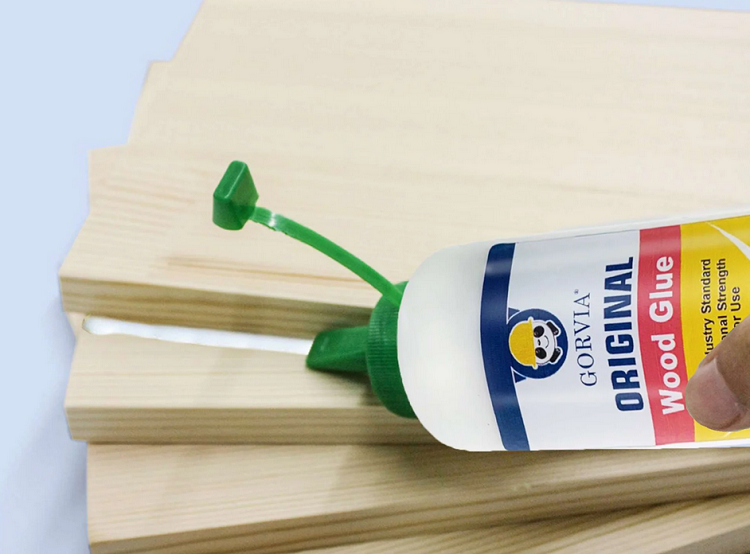Can Adhesives be Used to Bond Materials in Applications with High Vibration
The dependability and durability required may not always be fulfilled by using conventional mechanical fastening techniques like screws, bolts, and rivets. As a consequence, a variety of sectors are looking at the possibility of adhesives as a substitute for traditional methods of joining materials in high-vibration settings.

Any bonding technique has specific obstacles in high-vibration situations. The continual motion and dynamic forces may lead to a buildup of tension, wear, and eventually joint failure. Finding a trustworthy bonding solution is essential in industries where vibration is a major problem, including automotive, aircraft, electronics, and heavy equipment.
The practicality of employing adhesives in such difficult situations is covered in depth in the following article.
Benefits of Adhesives in High-Vibration Applications:
- Load Distribution: Adhesives have the benefit of more uniformly transferring weight and tension across the bonded surfaces. Adhesives provide a homogeneous distribution of stresses as opposed to mechanical fasteners, which produce localized stress spots. This characteristic reduces the likelihood of stress concentration leading to joint failure.
- Damping Effect: Vibrations may be dampened by the viscoelastic qualities of adhesives, which allow them to absorb energy. Adhesives may operate as vibration dampeners to lower oscillation amplitudes, minimizing possible harm from high-frequency vibrations. Adhesives are a good option for situations where vibration-induced noise and wear need to be reduced because of this property.
- Improved Fatigue Resistance: Adhesive bonding have the capacity to transfer and absorb stress, increasing the joint’s tolerance to strain. Because of their viscoelastic properties, adhesives can absorb and sustain cyclic loads, which lowers the chance of fracture initiation and spread in high-vibration environments. As a result, in dynamic situations, adhesives may extend the service life of bonded systems.
- Design Flexibility: Comparatively speaking, adhesives provide more design freedom than mechanical fasteners. They may be used to connect uneven and different substrates together seamlessly while distributing stress in an equitable manner. Due to this versatility, designs may be made lighter and more efficient, which enhances performance and efficiency in high-vibration applications.
Considerations for Adhesive Selection:
In selecting adhesives for high-vibration applications, the following aspects should be taken into account:
- Bond Strength: To survive the dynamic stresses and vibrations present in the particular application, adhesives must have a strong bond. In order to guarantee a trustworthy and long-lasting connection, proper surface preparation and adhesive selection are essential.
- Temperature and Chemical Resistance: The adhesive must be able to sustain the operational temperature range and be resistant to any environmental chemicals or liquids. For sectors like automotive, aerospace, and oil and gas, this factor is very crucial.
- Curing Time: To enable effective assembly procedures and minimize downtime, the adhesive’s curing period should match the manufacturing needs.
Conclusion:
Materials may be successfully bonded using adhesives in high-vibration situations. Investigating the offers of China Adhesive Manufacturers can provide access to a large choice of high-quality adhesive materials that match the rigorous criteria of high-vibration applications, which is something that industries are still looking for in bonding solutions.



Commenti recenti